Original Questions
With the assistance of Lana Russell, a young director I met through this research, and who I especially thank, here is my synthesis of how HowlRound readers answered the original eight questions. Click here for the spreadsheet with all of the responses.
1) What led you to expand with whom, beyond other artists, you make theatre/art?
Many who responded said concern about a social issue led them to expand their art practice. For some, it was about bringing art into specific contexts, like neighborhood-based social services, poor people’s organizing, interactions with young people, and politics around water. For others, it was a general desire to have more social justice impact and be more inclusive—making theatre where “more people see themselves represented and can be a part it”—for a greater synergy of effect (activism) and affect (art), or to integrate theatre practice with issues of race, class, gender, and colonialism. Some cited art’s therapeutic capacity, others named COVID-19, and many acknowledged the inspiration of particular artists and companies.
2) What skills/practices has socially engaged/cross-sector art called you to deepen or acquire anew?
Listening. This response came up most, with theatremakers saying they want to be building on what other people are already doing or saying instead of imposing their own ideas.
Putting one’s work in a larger, systemic context. Responses included examining racial and financial privilege, prioritizing access, decolonizing, and cultivating an equity lens.
Collaboration. Respondents cited working with the unexpected, with community, and with artists in different fields. They are bringing more flexibility to their work and more sensitivity to when they need to step back. They are engaging in intergroup dialogue and storytelling facilitation, more varied ways of communicating, responsiveness to this moment, not asking too little, and the needs of specific communities. They are foregrounding community voices and identifying, applying, and regularly assessing standards of practice. They are exploring adaptive leadership, sharing power equally with community partners, and making space not just to critique but also to envision.
Responses also included using technology with theatremaking, embracing being unsuccessful and making mistakes, humility, and meeting one’s basic needs to support one’s dreams, not the other way around.
3) What terms and definitions do you associate with this work?
The words “community,” “social,” and “cultural” came up in various combinations: community-based, community-informed, community organizing; socially engaged, socially responsive art, social practice; cultural work, cultural organizing, culturally specific.
Other terms included civic practice, grassroots, creative placemaking, creative placekeeping, collaborative art, hyper local, lifestyle dramaturgy, a manifestation of reciprocity and mutuality, cross-sector, activist, DIY/how-to, theatre of what’s around, creative survival, transmodal, place based, site specific, ensemble, experimental, devising, multimedia, intersectionality, relevant, connecting, ally (as a verb), ability, spectrum, and agency.
Respondents wrote about helping viewers see the beauty around them, because what someone loves, they will protect; connecting their stories and art; and empowering themselves.
4) What principles underlie this work for you?
Respect, reciprocity, and care for the community/participants with whom one is working. This was expanded on to include the notion that a theatre belongs to its community, as well as ideas like do no harm, honor people in their place of belonging, community access, ownership, authorship, participation, and accountability. Some people emphasized honoring the expertise and knowledge already present in the community, that the engagement must be mutually beneficial, and that it’s important to arrive with a framework and/or philosophy, not an agenda.
Recognizing the power of art. Respondents wrote about helping viewers see the beauty around them, because what someone loves, they will protect; connecting their stories and art; and empowering themselves, because people have the skills to produce for themselves.
Interconnectedness. Theatre at its root is socially, civically, and community-engaged; one respondent noted that everyone is a player in each other’s stories. There was attention to identifying shared needs and recognizing that coexistence includes being part of nature.
Integrating equity values. Some respondents named coalition building across racial and class identities.
Self-representation of community and participating individuals. It was noted that a thriving community must be supported primarily from within—by its members, resources, and capacities, in the present and in the future. This includes reflecting cultural specificity in one’s work.
Effect and affect. Respondents named the importance of their work having both an emotional affect and a material effect. They prioritize telling the stories of many and producing knowledge.
Some other principles that came up were risk, joy, justice, liberation, healing, curiosity, discovery, and process being as important as end result. One person mentioned collaborating such that their most radical, inventive, and adventurous selves come through the work.
5) How might your expanded art practice be better supported?
Responses were divided between “more money” and other support mechanisms.
Money. More financial compensation is needed for Indigenous artists, local folks who know the communities, and knowledgeable organizers. Respondents believe everyone involved in a project ought to be paid, and food and childcare need to be available as needed. More time for process must be supported without pressure to articulate impact too early in the process. Smaller groups need funding to make work more often and artists need enough money to make a living through their art, rather than having to have a dual career. Related to the funding ecosystem, some artists asked for better frameworks for assessing the value and impact of their art; a common grant application; consistency and longer duration of support; and funders who appreciate complexity, join in dialogue without exerting undue influence, and listen.
More collaboration. Respondents want more time and space for conversation with other collaborators. They call for incorporating artistic liaisons at local non-profits and more regional alliances. They want to expand their experience to involve people from other communities or with different backgrounds. They seek to develop cross-sector uses of arts-based tools and strategies.
Education. Some respondents see educating elementary to college students about the large opportunities of arts and culture as a way to build a society more supportive of the arts. Others named building knowledge around cultural organizing and integrating theatre into other fields. They asked for more professional development. Some called for academic approval for expanded theatre practices expressed as tenure and promotion, and many seek safe spaces and continued research into intersectionality.
Technology. Having a digital presence, a better technological platform for theatre, and a digital forum to stimulate and archive first voice practitioners, reporting, and criticism would help support the artists.
Broad social changes. Other support would come if society valued poor people and created opportunities for more diverse cultural leaders and funding entities, i.e., if real power changed hands. Infrastructure is needed for sustainable community arts development and growth.
6) What historical periods and individuals are forebearers of your work?
See the individual responses on the spreadsheet.
Other support would come if society valued poor people and created opportunities for more diverse cultural leaders and funding entities, i.e., if real power changed hands.
7) What questions persist regarding either your work or the field in doing art aligned with social justice?
Many respondents asked if they were doing enough or how to do more, how their art could create change on a social and/or personal level, and how that could be assessed. Others posed questions of inclusion and strengthening communities through art making, dismantling racism, connecting across differences, and overcoming their own privilege, and reflected on the pros and cons of working with communities different than their own.
Another question that came up was about who is “allowed” to do this work—whether white men are favored over women or people of color, or whether white people are looked at dubiously. Respondents articulated the challenge of being true to their muse and open to the expression of others, especially in the context of race and gender. The pitfalls of fundraising were evoked, for the time and energy it takes and how it can inadvertently limit the work. There were also questions of resistance, reconciliation, healing, community building, community learning, overcoming Trumpism, and pleasure.
8) What questions or insights about your own work or art generally have come up for you during the COVID-19 pandemic?
The pervasive sense of uncertainty, frustration, and/or fear. Many respondents expressed concern about how long the pandemic will go on, when they could get back to what they were doing before, and how they could help. They wanted to know how to share their skills now, perhaps digitally, and if they would be able to make and champion socially engaged art in the future. Other questions that came up were: What and who is sacrificed? How do people develop the sacred in this time of distance and othering? What will engagement look and feel like given the fear and fragility people will hold in their bodies and psyches thereafter? How can we overcome inertia and ebbing passion in this environment?
The challenges of this moment. Will this moment lead to a great depression in which art and culture play a crucial connecting role? How can theatremakers deliver their work in more venues? What stories need to be told to whom now? How does theatre remain relevant? Despite these questions, the respondents believe nothing can replace the face-to-faceness of their work. Other questions were: How can communities be funded without access to technology? How can different spaces of engagement and new forms of belonging be created?
Encouraging others to be makers. How can people be creative with whatever means they have, including the internet, in a meaningful way beyond “clicktivism”? How can people shrink the gap between “regular” theatre, education, and community-based practice?
Digitalization. How can artists reach people besides Zoom, develop digital expression beyond a YouTube tutorial, and virtualize what’s based in a specific place/live contact?
Affirmations. Some insights noted by the respondents were the importance of art, self expression, and community connection; their power to be responsive to crisis; and how being at home with more time on their hands has expanded their creative practices. They also noted how fast the arts sector jumped into online programming, and that there will be loss and opportunity. They revisited the question, “Of what use are the arts in these troubling times?” There was a shift from the fear-driven, reactionary lunge for the survival of the fittest to respect and care for the community of life, ecological integrity, social and economic justice, democracy, nonviolence, and peace. Respondents are wanting to take time to build locally; align practice and policy; and make change through curricula, technology, and leadership training.
I hear an urgency for action, reflection, and more action in the form of theatre casting, company structures, board composition, leadership, budgeting, and more.
Further Conversations
In addition to hearing from HowlRound readers, I’ve been asking other artists the same questions. These exchanges have led to reflections on making performance during a pandemic. One interesting response is for theatremakers to look at the visual arts industry’s relationship to the audience, where spectatorship is more individualized, which allows for physical distancing.
In that spirit, Double Edge Theatre, which has a large rural property in Massachusetts, recently announced their current show, 6 FEET APART, ALL TOGETHER, created for this time of COVID-19. It combines “favorite moments of our past performances, as well as … an ode to nature and our living culture.” It takes place over acres of their farm, allowing rounds of less than ten people per group “to spread out on a reflective and invigorating walk through scenes in the air, in the labyrinth, by the stream, in the arbor, and in the garden.”
Lynn Jeffries, a designer at Los Angeles’s Cornerstone Theater, described how the company is thinking about a current piece in development, given the context of the pandemic. Playwright Mark Valdez is considering recording a series of interviews and making them into monologues. Cornerstone would video other people performing them. They’d project the videos onto buildings and have a walking tour that people could do by themselves.
Cornerstone director Michael Garces framed the company’s conversations about producing work during this moment with the insight that COVID-19 touches us all but in singular experiences. Given his deep commitment to live engagement, he has been surprised to find that “online forums, while deeply flawed, tiring, and flat, have also been authentic in ways that I have found profoundly moving.” So while a project that they are developing in South Dakota has been hampered, as it necessitates in-person contact, Michael notes that others are able to engage with their work because of online platforms: “People who are differently abled or because of the conditions of their lives—whether it has to do with work, childcare, age—suddenly can be in a conversation they couldn’t have been in otherwise.” In discussing how to move three current projects forward, Cornerstone is looking at a spectrum of possibilities around various conditions of this time—between being isolated and together, masked and unmasked, etc.—to see where a given work fits as they think about safety and risk.
Martha Bowers, a site-specific choreographer, arts educator, and director of Hook Arts Media in Brooklyn, predicts the rise of site-specific work in the era of COVID-19, which, she explains, are “highly structured works of art that are designed around, for, or because of place. In the streets, in fields, deserts, forests, garbage dumps, abandoned buildings, on the border, aboard boats, in virtual space, and outer space,” the genre offers opportunities to create work in contexts that offer a range of viewing possibilities. However, she adds, in the context of the pandemic, we must reconsider all spaces and our presence in them with others as potential threats. How as artists do we balance the urgency to lend our craft to support important social justice movements with our own and others’ safety and health?
Regarding the seemingly endless police violence against people of color, I’ve been hearing from companies that are focusing on dismantling racism in their own organizations, asking their colleagues of color to provide leadership in that process if that is not a burden. A number of consultants offer dismantling racism workshops. Keryl McCord, for example, first teaches where racism comes from, then provides a way to identify where a person, company, or organization is in the process of dismantling it, and from there develops action steps to get further along on that continuum. I hear an urgency for action, reflection, and more action in the form of theatre casting, company structures, board composition, leadership, budgeting, and more. While the scourge of racism is hundreds of years old and the scourge of COVID-19 has been with us for under a year, there’s a high level of recognition that both need to be dealt with now.
And so I continue my research, still focusing on the expansiveness of socially engaged performance while acknowledging that some of our practices have become severely restricted. I try, like my practitioner colleagues, to plummet the new depths and explore new, unexpected openings.

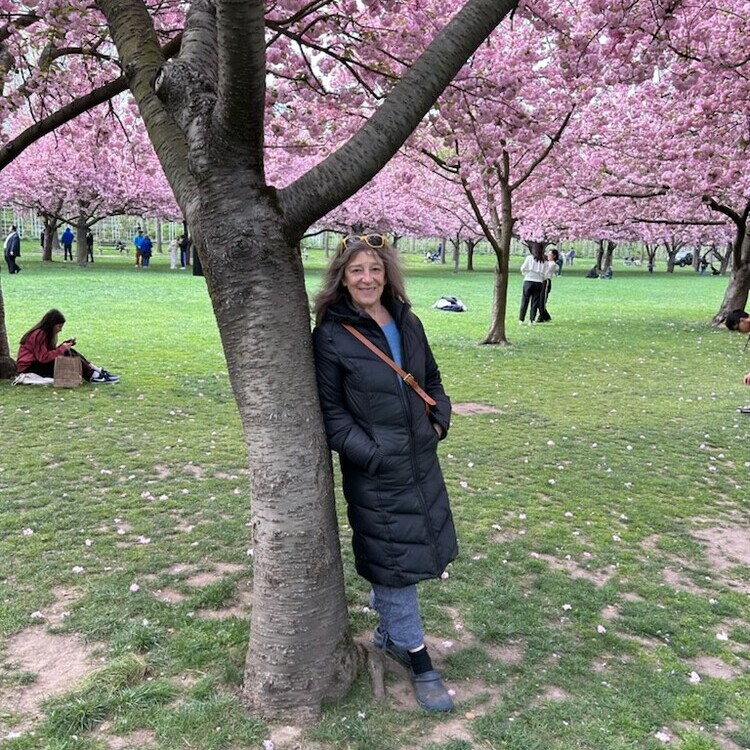
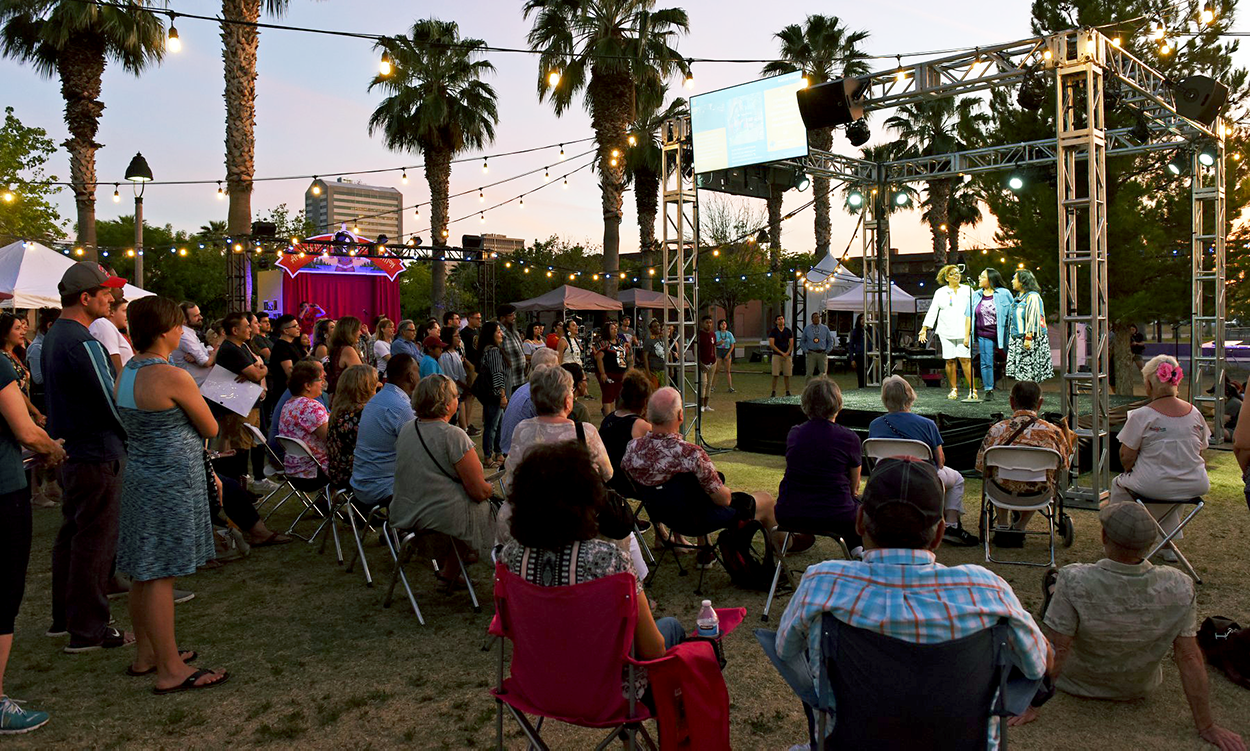
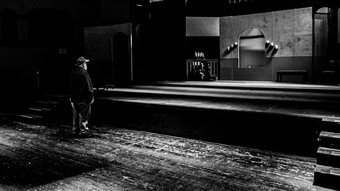


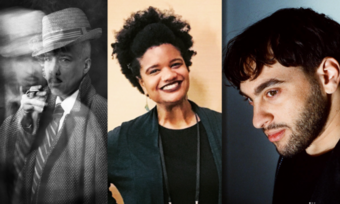



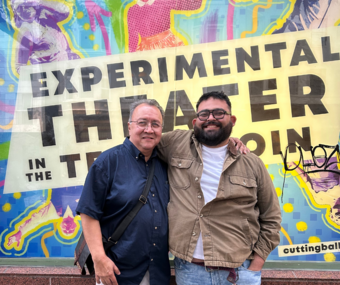


Comments
The article is just the start of the conversation—we want to know what you think about this subject, too! HowlRound is a space for knowledge-sharing, and we welcome spirited, thoughtful, and on-topic dialogue. Find our full comments policy here